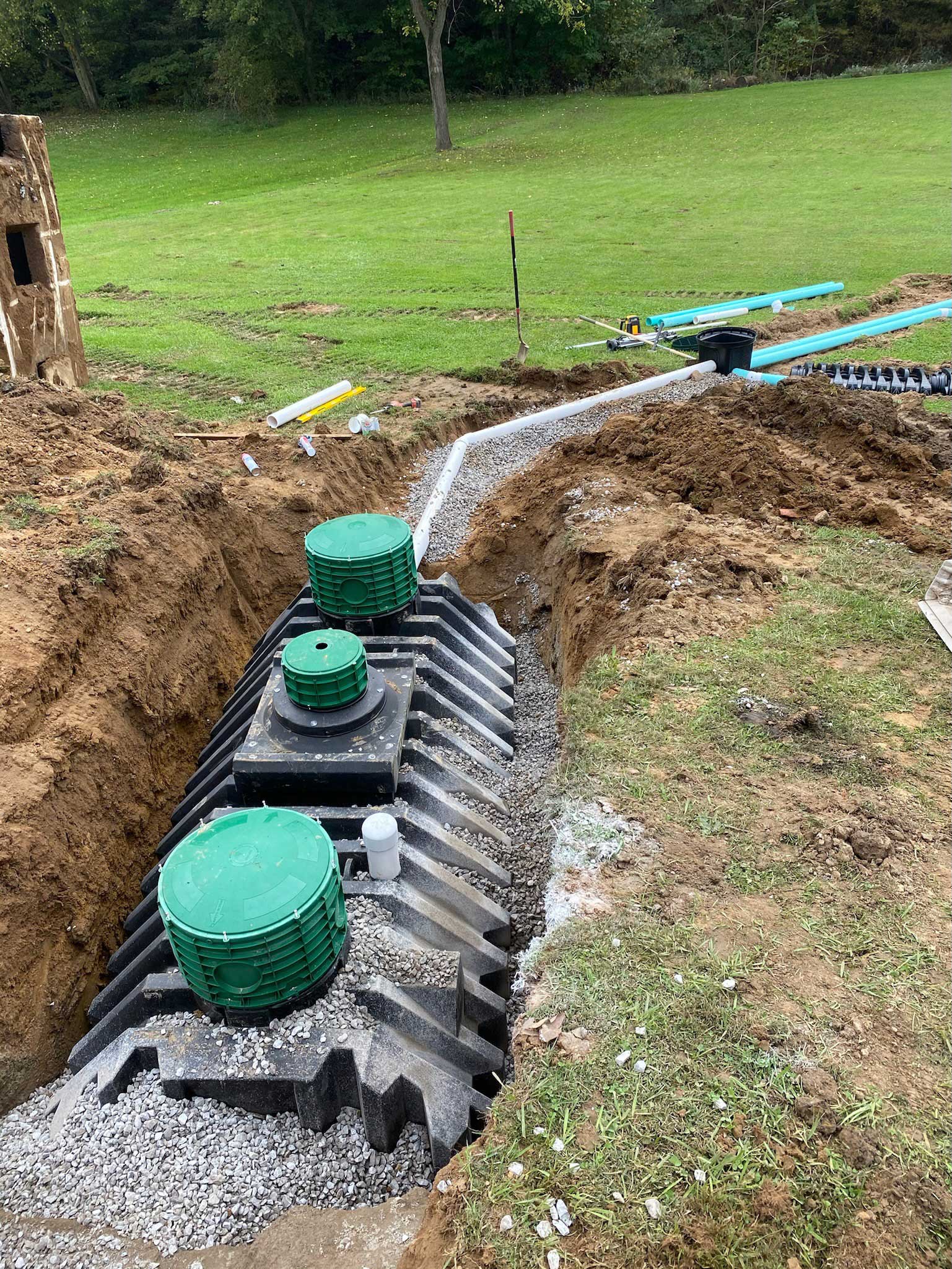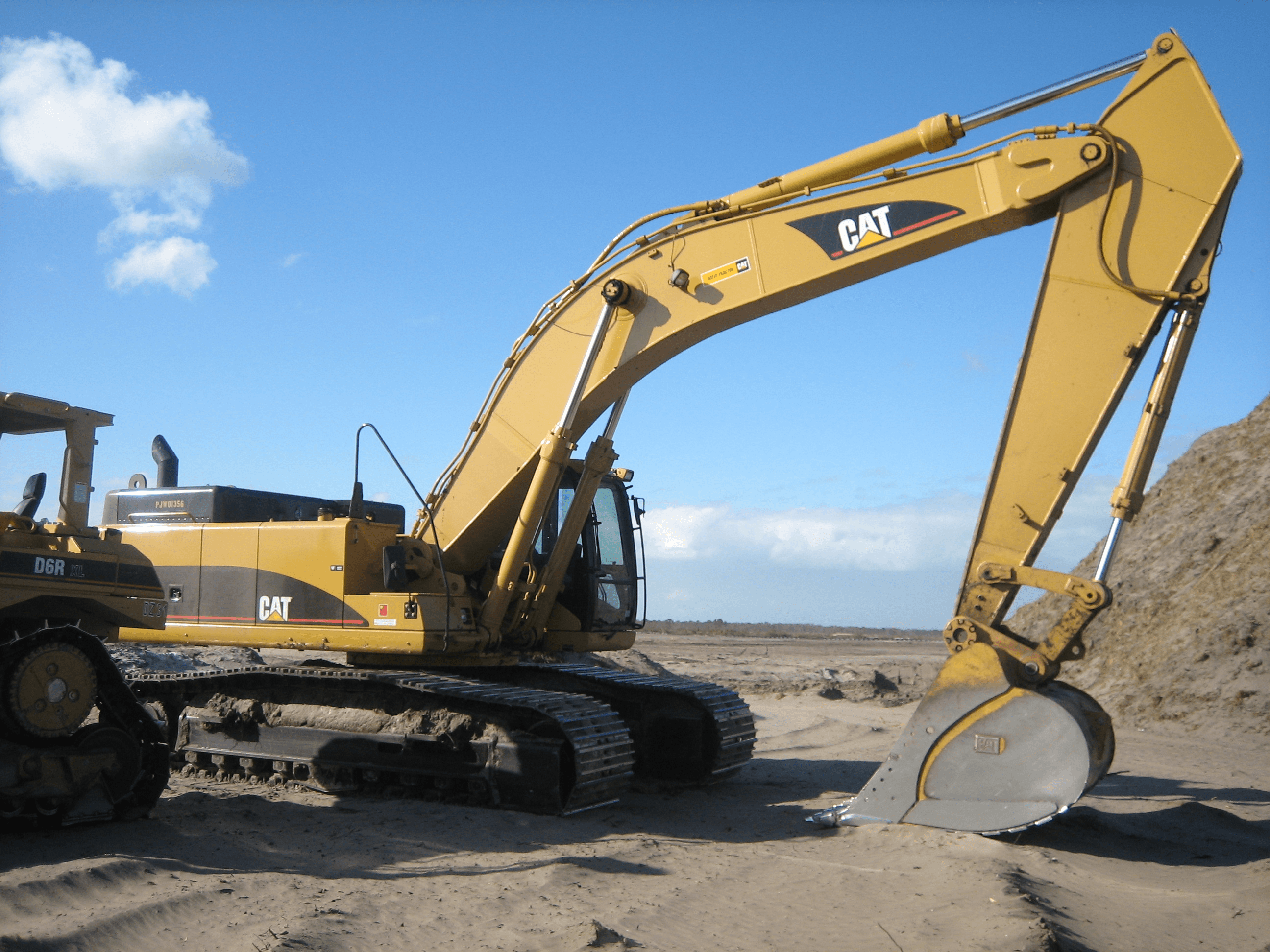Residential Excavating Ohio - Specialized Excavation for Ohio Homes
Residential Excavating Ohio - Specialized Excavation for Ohio Homes
Blog Article
Revealing the Art of Excavation: Pro Tips for Safe and Productive Digging
In the realm of excavation, the proficiency of safe and productive excavating is an art kind that requires adherence, knowledge, and accuracy to recognized methods. As dirt is transformed and planet is relocated, the intricacies of excavation expose themselves, demanding a keen understanding of equipment, soil composition, safety and security procedures, and environmental considerations. The know-how needed to navigate these elements successfully can indicate the difference between a successful excavation task and a possible calamity. By unraveling the layers of this elaborate procedure, a globe of techniques and understandings awaits those looking for to elevate their excavation abilities to new heights.
Importance of Correct Tools
To ensure the safety and security and performance of any type of excavation job, making use of the ideal equipment is extremely important. The right devices not only enhance efficiency but additionally reduce threats connected with excavating. Excavation tasks vary in scope and intricacy, varying from little property landscaping work to massive building endeavors. Regardless of the project dimension, having the right devices can make a considerable difference in the end result.
These versatile equipments come in different dimensions to fit different job requirements. Mini excavators are ideal for smaller jobs, while bigger excavators take on much more comprehensive tasks successfully.
Bulldozers stand out in tasks that require pressing huge quantities of dirt or debris. By investing in the proper devices, excavation jobs can be finished safely, on time, and with accuracy.
Recognizing Dirt Make-up
A comprehensive understanding of dirt composition is essential for carrying out excavation projects with accuracy and safety and security. Comprehending the different types of soil is vital as it straight influences excavation techniques, devices selection, and total task effectiveness.
Sand fragments are the biggest and supply great drainage however offer little communication. Silt particles are smaller than sand however bigger than clay, providing moderate water drainage and cohesion. Clay fragments are the tiniest and offer high communication however inadequate drain. Raw material, such as decomposing plant material, impacts soil fertility and stability.
Before starting excavation, conducting soil examinations to determine its structure and qualities is important. This info assists in selecting the appropriate tools, applying safety procedures, and creating excavation techniques tailored to the particular soil conditions - lancaster excavation. By comprehending soil make-up, excavation professionals can boost job end results while ensuring safety and security and adherence to finest techniques
Safety Steps and Procedures
Understanding soil composition is the foundation whereupon security steps and procedures for excavation jobs are developed, making certain the well-being of employees and the success of the endeavor. There are several key measures that should be implemented to reduce threats and protect against crashes. when it comes to security during excavation.
First and primary, prior to any type of excavating commences, a thorough assessment of the website should be carried out to determine any kind of prospective risks such as below ground energies, unpredictable dirt problems, or neighboring frameworks that could position a danger. It is important to have a qualified individual manage the excavation process to make sure that all safety and security protocols are followed purely.
Additionally, all workers involved in the excavation has to be effectively trained in secure digging techniques and the correct operation of devices. By sticking to look here these safety and security measures and procedures, excavation jobs can be completed efficiently and without incident.
Effective Excavation Preparation
When embarking on an excavation project, careful preparation is vital to make certain efficiency, safety and security, and successful results. Efficient excavation planning involves a number of crucial steps that are crucial for the smooth implementation of the job.
When the site analysis is complete, the following action is to develop a clear timeline and routine for the excavation activities. This includes establishing the sequence of tasks, equipment requirements, and manpower allotment. Proper scheduling assists stay clear of hold-ups and makes sure discover this that the job remains on track.

In addition, interaction among all team members is paramount throughout the preparation stage. Clear directives, regular updates, and reliable sychronisation are essential for an effective excavation job. By spending effort and time in precise planning, excavation groups can significantly boost performance, minimize risks, and achieve successful results.

Managing Environmental Factors To Consider
With increasing emphasis on environmental sustainability in building practices, taking care of environmental considerations has ended up being a crucial element of excavation jobs. Excavation activities have the prospective to influence the surrounding setting via soil disintegration, sediment runoff, environment disruption, and contamination of water resources. To alleviate these risks, it is essential to execute best practices that prioritize environmental defense.

Moreover, appropriate waste administration is essential to avoid dirt and water contamination. Carrying out procedures for the disposal of dangerous materials, recycling of waste materials, and reducing the use of harmful chemicals can dramatically lower the environmental effect of excavation projects. By incorporating these techniques right into excavation planning and execution, building companies can guarantee that their projects are not only safe and effective however likewise eco liable.
Conclusion
To conclude, understanding the art of excavation needs a detailed understanding of appropriate devices, soil make-up, precaution, and effective planning. By adhering to these standards and considering ecological elements, excavations can be performed safely and successfully. It is vital to prioritize safety and security and performance in every digging task to make certain successful outcomes.
As dirt is transformed and earth is moved, the complexities of excavation disclose themselves, demanding an eager understanding of tools, soil structure, safety and security procedures, and ecological considerations.To ensure the security and efficiency of any excavation project, making use of the suitable devices is extremely important.An extensive understanding of soil structure is basic for performing excavation tasks with precision and safety and security. Recognizing the various types of soil is important as it straight influences excavation methods, equipment selection, and general job effectiveness. By recognizing soil make-up, excavation professionals can enhance task outcomes while making sure safety and security and adherence to best methods.
Report this page